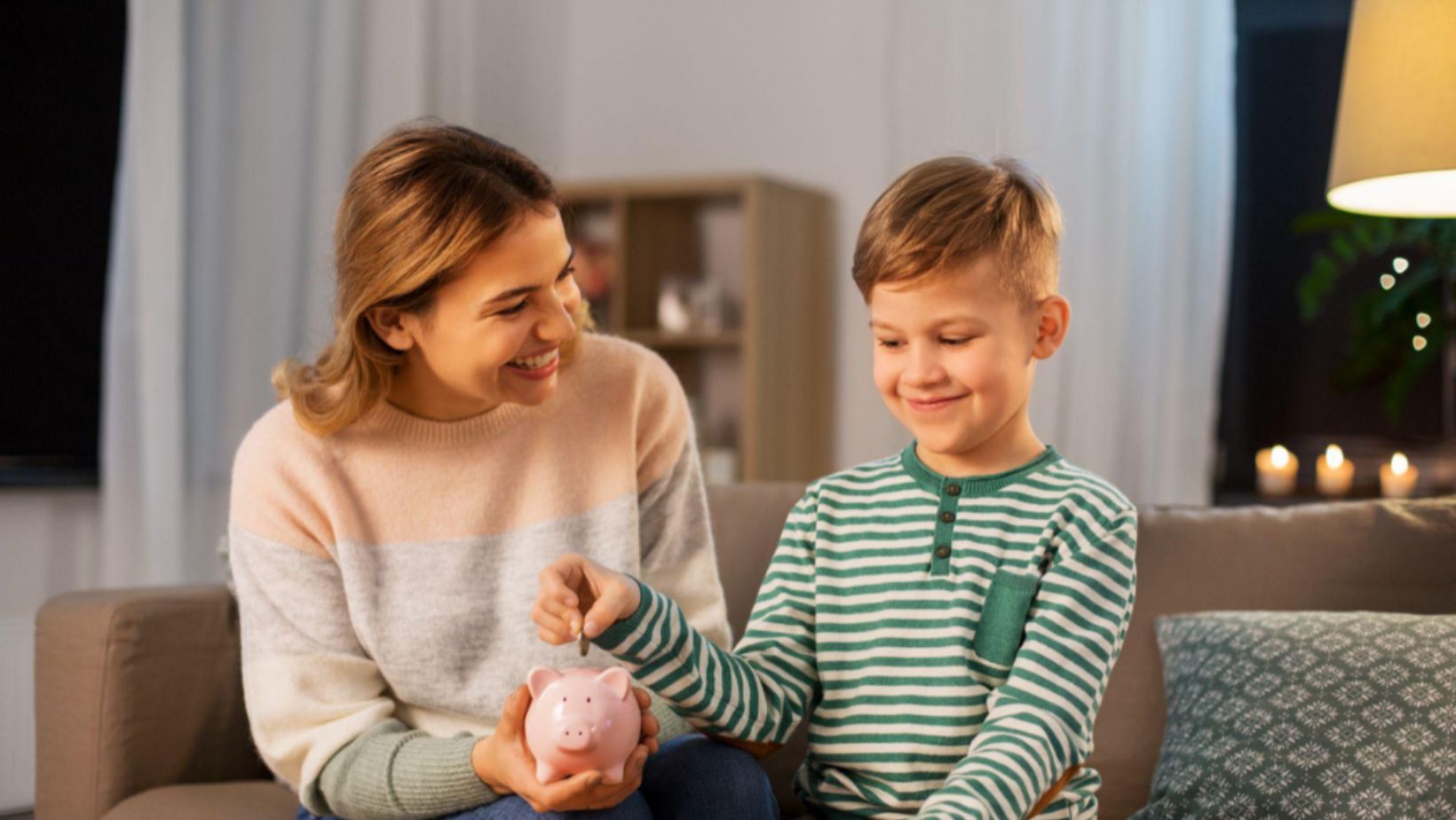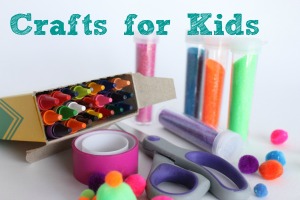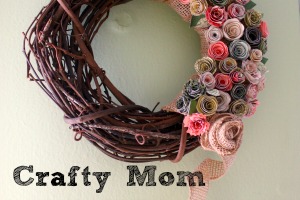
As parents, we want to give our kids the world, but we also want them to understand what truly matters. In a time when everything from toys to tech can be delivered overnight, teaching children the difference between wanting something and valuing it has never been more important.
It’s not about saying no; it’s about showing them that meaning lasts longer than novelty. Whether it’s a new gadget, a pair of sneakers, or even a piece of jewelry, helping kids see the value of quality over quantity can shape how they view money, gratitude, and self-worth for life.
That’s something I’ve been more mindful of myself lately. Instead of buying endless “fast” items that wear out quickly, I’ve started investing in a few pieces that mean something, like choosing Breitling watches for their craftsmanship and longevity. It’s a quiet lesson my kids notice more than I realize: sometimes one well-made thing can outlast ten throwaway ones.
How Kids Learn Value by Watching Us
Children are incredible observers. They watch what we buy, how we react to it, and the emotions that come after. Do we light up because we got a deal, or because something genuinely feels special?
Kids quickly pick up those signals. If they see us replacing broken items over and over, they learn that everything is disposable. But when they watch us care for what we own, polishing a leather bag, repairing a favorite pair of shoes, or keeping a watch in perfect condition, they see a different message: that quality deserves care.
When I explain to my kids why I value certain things, it opens up conversations about patience, saving, and meaning. I’ll tell them, “I saved for this because it’s something that lasts.” That simple phrase does more than a lecture ever could.
And sometimes, we use examples from their world, like saving for one high-quality toy instead of a bunch of cheaper ones that break in a week. They begin to connect patience with reward, and thoughtfulness with satisfaction.
This same principle applies to our own purchases. My husband often jokes that my favorite Rolex watches are less about timekeeping and more about memory-keeping, because they mark occasions, not trends. It’s a sentiment I hope our kids carry forward: that the things we choose carefully end up meaning more.
Why Fewer, Better Things Build Gratitude
When we choose to buy less but buy better, it naturally builds gratitude. Kids begin to see that waiting and saving bring joy that impulse buying never could.
It’s not just about money, it’s about mindfulness. If a child receives fewer toys but each one has a story or purpose, they treat it differently. The same goes for adults. The handbag you saved up for or the watch you wear every day carries meaning beyond its price tag.
According to Psychology Today, children develop lasting financial and emotional values primarily through modeling, by watching how parents interact with money, possessions, and priorities. In other words, the lessons we live speak louder than the ones we tell.
That’s why it’s worth slowing down the cycle of instant gratification, not just for ourselves, but for the next generation watching closely.
How to Make “Quality Over Quantity” a Family Habit
You don’t need to overhaul your spending habits overnight. Start small, consistent reminders make the biggest difference. Here are a few practical ways we’ve woven this mindset into family life:
Talk About Purchases Together.
- When buying something new, ask your kids what makes it worth buying. Is it useful? Does it replace something? Does it last?
Set “Save and Celebrate” Goals.
- Encourage them to save up for something special. Let them experience the pride of choosing carefully rather than quickly.
Lead by Example.
- Point out when you invest in quality, whether it’s a household appliance, a bag, or a reliable accessory. Let them see that satisfaction lasts longer than excitement.
Declutter Together.
- Go through old items as a family. Talk about what’s lasted and why. It’s an eye-opening way to show the value of longevity.
Celebrate Care and Repair.
- Show your kids how to maintain their belongings, sewing, cleaning, storing properly. It teaches respect and sustainability.
By treating our possessions with care, we teach kids that value isn’t about accumulation, it’s about appreciation.
Bringing Mindfulness Into Everyday Choices
When you choose thoughtfully, you send a quiet message about self-worth. You’re saying, “I’m worth things that last.” That belief trickles down to how kids treat their own choices.

It also ties into sustainability, a lesson many families are embracing. Buying less but better means less waste and more responsibility. Kids begin to see that their decisions, even small ones, can have an impact beyond themselves.
The beauty of this lesson is that it applies to everything: from toys and clothes to time and relationships. When you value what lasts, you value yourself and your world a little more too.
The Lesson That Lasts Longer Than the Purchase
At the heart of it, “quality over quantity” isn’t a spending rule, it’s a mindset. It’s teaching our kids that meaning matters. That patience, intention, and care bring deeper satisfaction than instant gratification ever could.
Years from now, they might not remember the cheap trinkets or the toys that broke, but they’ll remember how we valued what we had, and how we made them part of that process.
If we can pass on that kind of mindfulness, it’s worth more than anything we could ever buy.


















